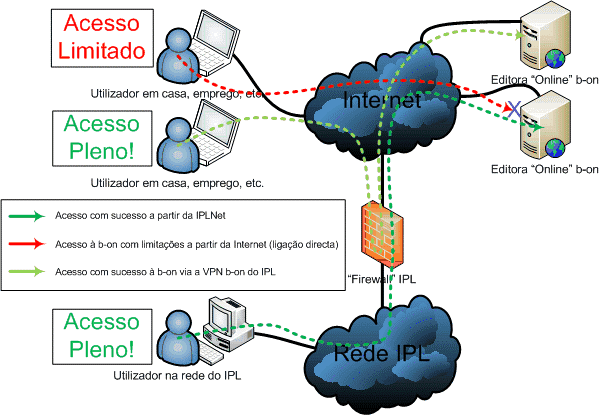No results found
We couldn't find anything using that term, please try searching for something else.

Cloud Banking: Financial Services and Banking of the Future
Planning and implementing cloud solutions business case development Not only is the cloud helping to innovate IT strategy, also it is becoming an en
Planning and implementing cloud solutions
business case development
Not only is the cloud helping to innovate IT strategy, also it is becoming an engine to quickly build new capabilities and services to address business imperatives. Many transformative solutions (e.g., customer relationship management, finance, enterprise resource management) already are cloud-based—they are just not primarily communicated as such. A cloud business case should emphasize how the bank can cost-effectively tap into cloud-delivered solutions to drive customer insights, experiences, and offers; grow revenue; lower costs; find and onboard better talent; and provide more consistent enterprise operating platforms. It also should include a baseline cloud value-assessment model to map the economics of changing market forces, pricing, and business assumptions and aid in scenario planning. Finally, the business case should address change management issues: Cloud technology may dramatically alter certain employee roles; what steps may be needed to help adapt the organization’s culture and mind-set?
solution design and execution
The cost and effort to migrate workloads to the cloud may be a major concern for financial institutions contemplating executing cloud strategies. Cost and time to market are key factors when companies are seeking to leverage business-building technologies such as advanced data analytics and machine learning. External cloud providers offer these and other capabilities that can shorten development time versus building capabilities in-house.
Vendor management
The banking industry will be transitioning through both hybrid and multi-cloud environments for years to come. During this lengthy period, vendors likely will be offering new, cloud-based services and capabilities on a regular basis. Financial services organizations should avoid vendor lock-in so that they can adapt to marketplace changes without having to re-platform when moving from one vendor to another. Also, as vendors mature, they may offer better pricing flexibility by leveraging different cloud platforms that enable an organization to move workloads from one cloud to another to meet business needs, and to apply best practices built on one cloud platform to departments using other cloud vendors. Adopting a multi-vendor/multi-cloud strategy can be complex and challenging; developing a common understanding of architectural components and governance strategy enables optimal use of multi-cloud environments.
Security
Data security concerns are top of mind for bank leaders. An important part of understanding the cloud is considering how an enterprise’s current infrastructure and capabilities may be limiting its ability to detect and address new risks and vulnerabilities—and how cloud technology can help. Security is different in the cloud because of the tools that are native to each cloud provider’s environment and the fact that cloud providers typically take responsibility for the security of the lower-level infrastructure layers. The shared security responsibility between cloud providers and the clients they host changes how organizations should anticipate and prepare for security risks.
Regulatory compliance
Cloud computing can help banks and financial services firms meet ever-evolving regulatory reporting requirements (e.g., Comprehensive Capital Analysis and Review, Solvency II) in multiple operating jurisdictions—a critically important capability in an industry where cross-border transactions are the norm. Cloud solutions can also help banks conduct intraday liquidity and risk calculations, and mine trade surveillance data to detect anti-money laundering and other fraud issues. A cloud platform enables data-brokering placement capabilities based on data criticality and Certified Safety Professional certifications.


![6 Best VPN for Dark Web Safe Access 2024 [Tor Security]](/img/20241121/e6jJtq.jpg)


